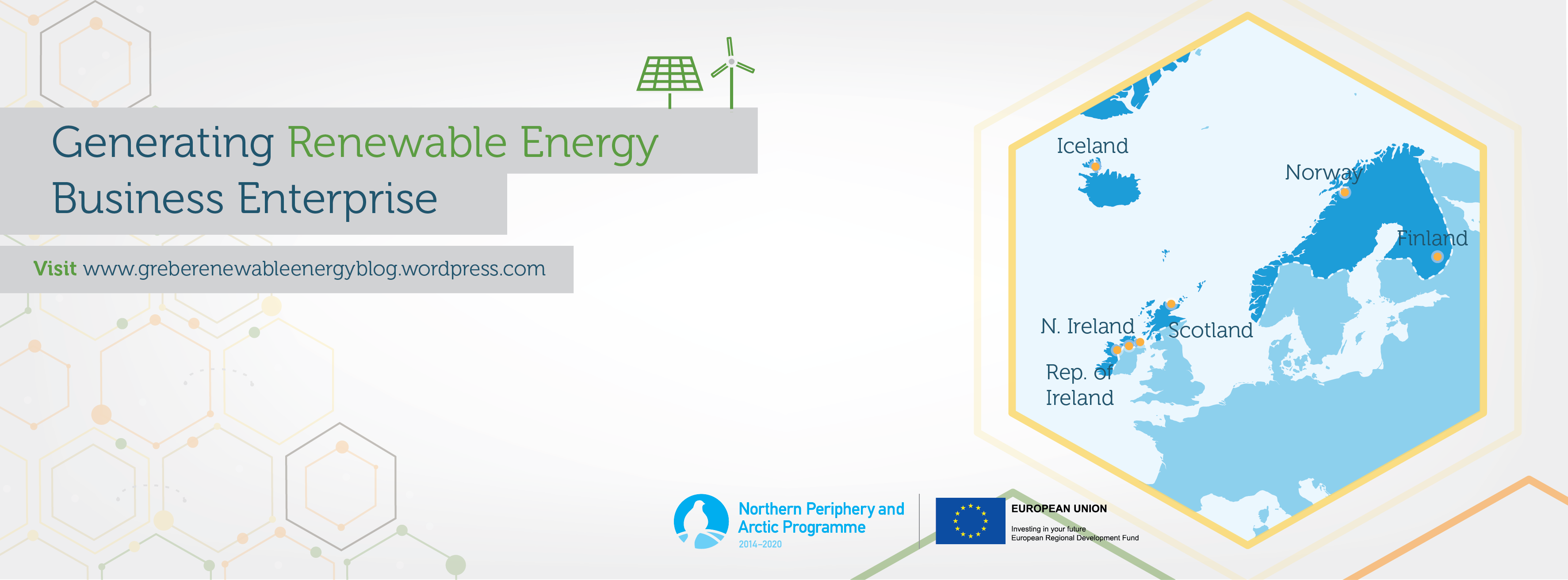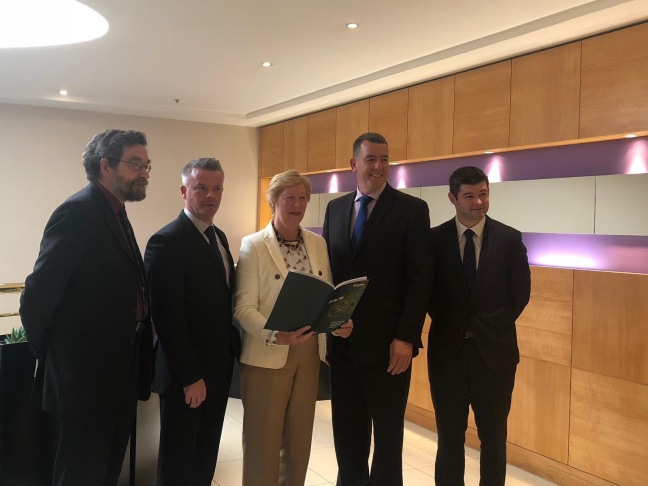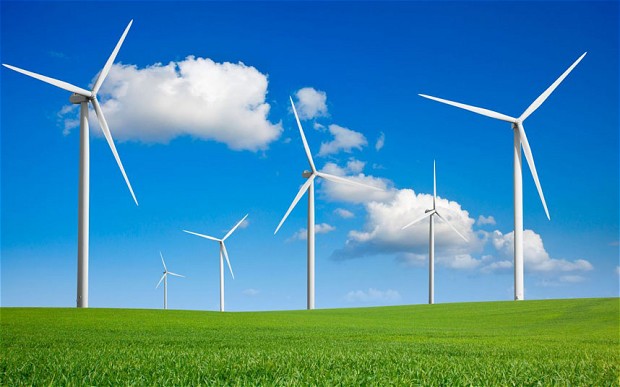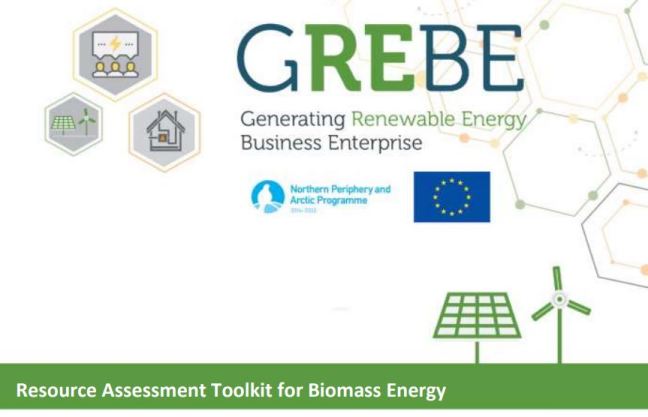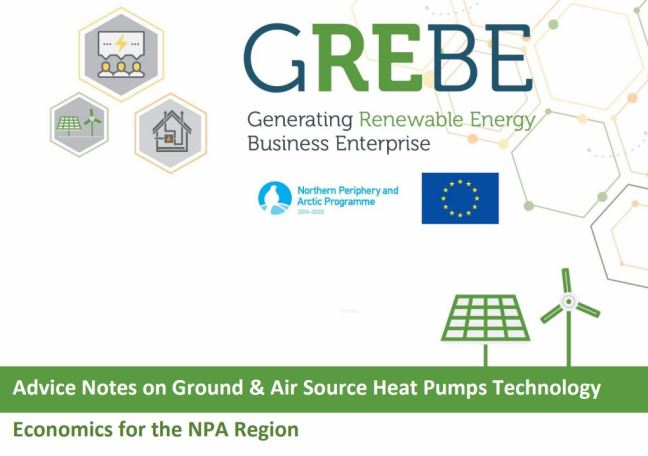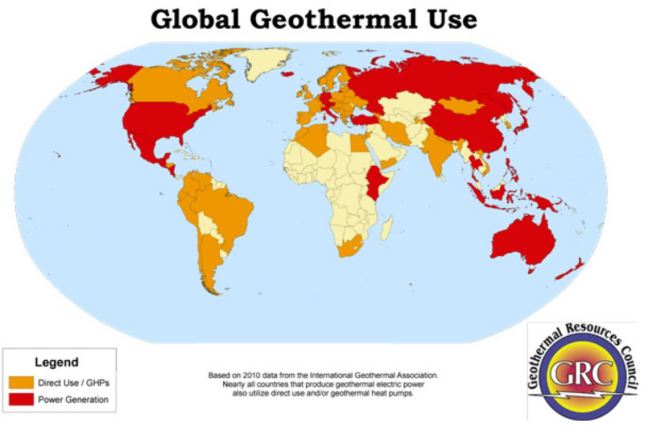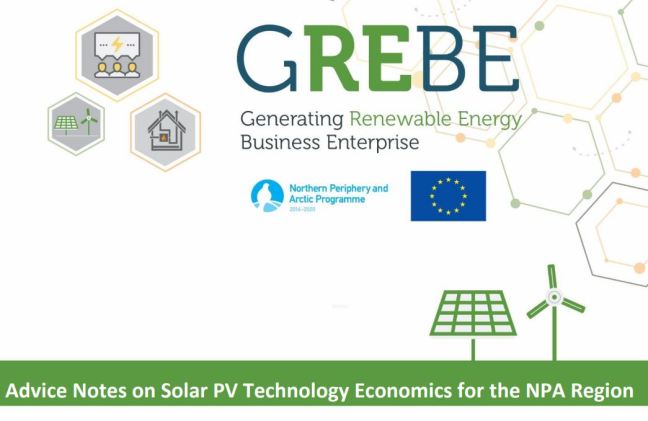
A new GREBE report has now been published titled “Commercialization of ready-to-deploy renewable energy technologies – Professional project development as a strategy to access leverage and manage risk on the path-to-market”. The paper is an effort to contribute to GREBE’s mission to promote technology transfer and to provide contents for mentoring as one of GREBE’s key activities.
This report can be downloaded from the GREBE Project website here
The paper presents an overview about fundamental aspects of project development, project finance and risk management. which apply to technologies that reside on the higher levels of technology readiness. As to their financial risk, these technologies are likely to be rated as investment-grade financial commitments. In practice, for a technology to get access to the market, “readiness” must be assessed and confirmed within the scope of a commercial project development process.
The information collected applies to all kinds of businesses irrespective of size and legal form. This kind of information is valuable for new market entrants, who without prior experience are going to embark on renewable energy as a sponsor or host and are confronted with new responsibilities starting from the identification of a business opportunity and continuing through project conception, assessment and commissioning up to the commercial operation of the project.
In practice, technology assessment is embedded in a wider project development process that accounts for the operational and organisational aspects as well as the external environment that have an effect on the financial conditions for technology deployment. A project development process provides a common understanding about how the project’s strategic goals will be met, its financial attractiveness and the risks involved. As to decision making, it should provide a commonly agreed pathway towards a project plan for submittance to a RFP procurement process or to finance approval.
Focusing on project development as a collaborative endeavour accounts for the fact, that renewable energy projects are embedded in a social context and that they involve multiple parties and multiple issues that have to be resolved collectively. Therefore, deliberate efforts that ensure good communication and consensus building among stakeholders contribute to successful project completion.
As to the aggregate level, the paper makes the point that the implementation of a professional project development and assessment process is one of the keys to unclose and mobilize the complementary resources that are critical for a technology to successfully proceed on its path-to-market.
The promotion of international technology transfer for pushing renewable energy technologies forward on the path-to-market provide the motivation for the key activities of the GREBE project. A new GREBE report has now been published called “Commercialization of ready-to-deploy renewable energy technologies – Professional project development as a strategy to access leverage and manage risk on the path-to-market”
Renewable energy projects have developed into an attractive business opportunity for the private sector including entrepreneurs, local companies, contractors, operators, suppliers or other stakeholders. The respective technologies have matured and provide attractive investment-grade opportunities for private investors.
Those who decide to embark on renewable energy as a sponsor or host often do have to start without professional experience as a project developer in this special field. They are confronted with new responsibilities starting from the identification of a business opportunity and continuing through project conception, assessment and commissioning up to the commercial operation of the project.
The fundamentals of project development as they are put down in this GREBE report apply to all kinds of businesses, irrespective of their size and legal form, from large corporations to sole proprietorships, and to all forms of renewable energy.
This GREBE report presents some complementary aspects of market deployment, which apply to any technology, but specifically also for renewable energy technologies. One of the main points is the fact, that the understanding and implementation of fundamental principles of project development and financial risk management is crucial for the diffusion of renewable technologies into commercial operation. Another motivation is the view that the implementation of a professional project development and assessment process has to be considered as one of the keys to unclose and mobilize the external resources and expertise that are critical for a technology to successfully proceed on the path-to-market. In practice, technology assessment is embedded in a wider project evaluation framework that accounts also for the operational and organisational aspects as well as the external environment that have an effect on the financial conditions for technology deployment.
Previously presented technology and knowledge transfer cases are supporting the activity towards this report supporting enterprises in introducing new to market energy solutions. This activity was part of the GREBE project´s “Knowledge & Technology Transfer and Business Delivery” working package led by Luke.
This report can be downloaded from the GREBE Project website here
